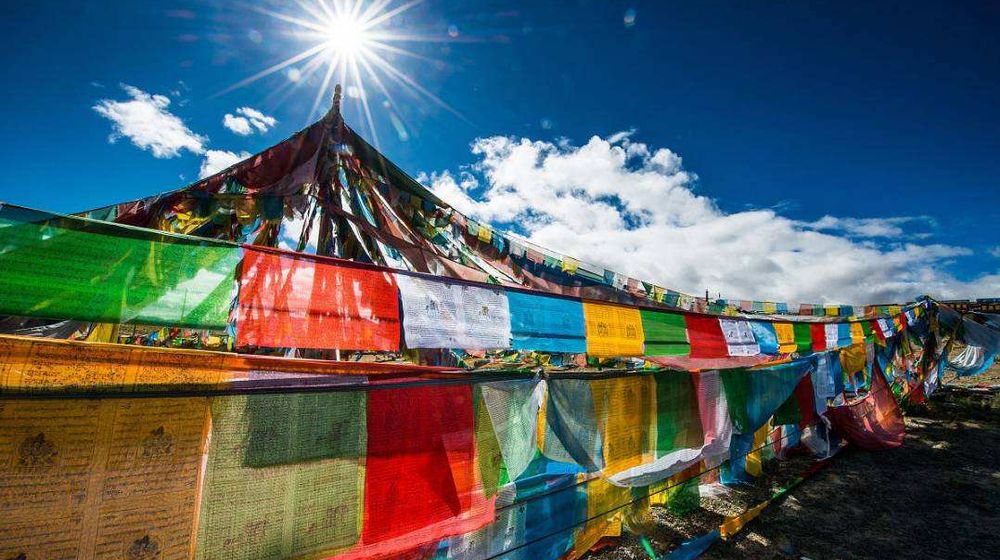
Teach English in Lhasa: The Complete Guide
Learn about the capital city of Tibet Autonomous Region and what to expect teaching here
Lhasa at a Glance
Lhasa, pronounced [lah-suh] (IPA: /ˈlɑ sə/), the holy city on the Tibet plateau, is the capital city of Tibet Autonomous Region as well as the political, economic, and cultural center of Tibet.
Lhasa is one of the national historical and cultural cities. It is famous for its amazing scenery, unique customs, and religion. In the 7th century, Songtsen Gambo unified Tibet and moved its political center from Shannan to Lhasa. This city has won the honorary titles, such as "2018 the Most Secure City in China" and "Top 200 Charming Cities in China".
Where Is Lhasa
Lhasa, surrounded by the Himalaya Mountains, is located on the northern bank of Lhasa River and in the middle of Qinghai-Tibet Plateau, with an altitude of 3,650 kilometers. This city is at 91°06'E longitude and 29°36'N latitude. Lhasa is situated in the west of Chengdu, 1,250 kilometers away from it.
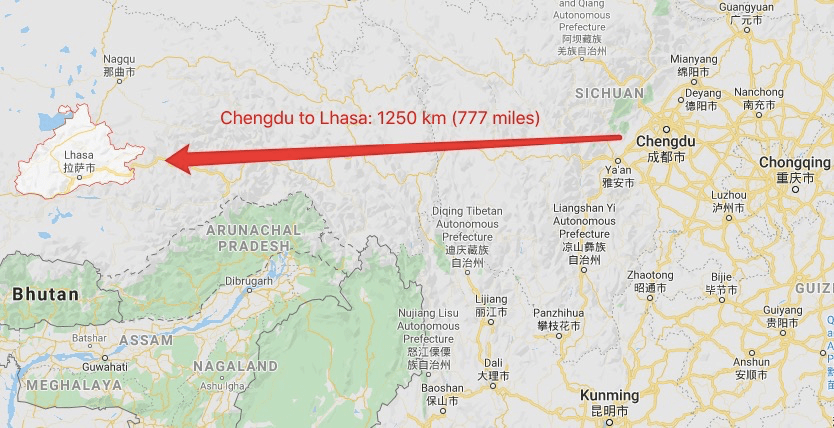
Population of Lhasa
At the end of 2019, Lhasa had a population of 558,900, an increase of 4,500 over the same period of last year. In 2019, the birth rate was 10.3‰ and the death rate was 4.5‰. Lhasa covers an area of 29,500 square kilometers and the density of the city is around 19 people per square kilometer.
Weather in Lhasa
Weather Spark shows that Lhasa belongs to plateau mountains climate, which is featured by dry and sunny. In Lhasa, the wet season, from June to September, lasts for three months, while the dry season, from September to June, lasts for nine months. Due to its abundant sunshine and scarce rainfall throughout the year, Lhasa is known as the "City of Sunshine".
In 2019, Lhasa has 364 days with good or excellent air quality, accounting for 99.7% of the whole year and ranking first among 168 key cities in China.
How to Get to Lhasa
By Air
Lhasa Kongga International Airport, the largest aviation hub in Tibet Autonomous Region, is situated in the southwestern Lhasa, 58 kilometers away from Potala Palace. It should be noted that the international route of this airport is limited to Kathmandu, the capital of Nepal. But the domestic flights of the airport include many first-tier and new first-tier cities, such as Shanghai, Guangzhou, Kunming, and Chengdu. So you can fly from these cities to Lhasa.
By Train
Lhasa Railway Station is the largest station on the Qinghai-Tibet Railway. You can board on this railway from Xining, Lanzhou, and Chengdu. Compared with taking the plane, the windfall of taking the train to Lhasa is wonderful natural scenery.
Teach English in Lhasa, Tibet Autonomous Region
According to Lhasa Statistical Bulletin of 2019 on National Economy and Social Development, by the end of 2019, there was one higher education institution, two secondary vocational schools, 22 middle schools, 71 primary schools, and 266 kindergartens in Lhasa. There are very few training centers in Lhasa, such as Langsang Language School and Gangxuan Language School, providing English training.
Living in Lhasa, China
Lhasa is a wonderful tourist city. In 2019, Lhasa received a total of 23,372,100 tourists, of which 247,200 were foreign tourists. Living in Lhasa allows you to experience different cultures and explore this mysterious land of Tibet.
Things to Do in Lhasa
Potala Palace, the symbolic architecture of Tibet, consisting of towers and chapels, is located on the Red Hill by the Lhasa River. This highest palace (in altitude) in the world was also a declared UNESCO World Heritage Site. By visiting this magnificent palace, you can not only have a deeper understanding of Tibetan history, but also have a panoramic view of the scenery of the plateau in the distance.
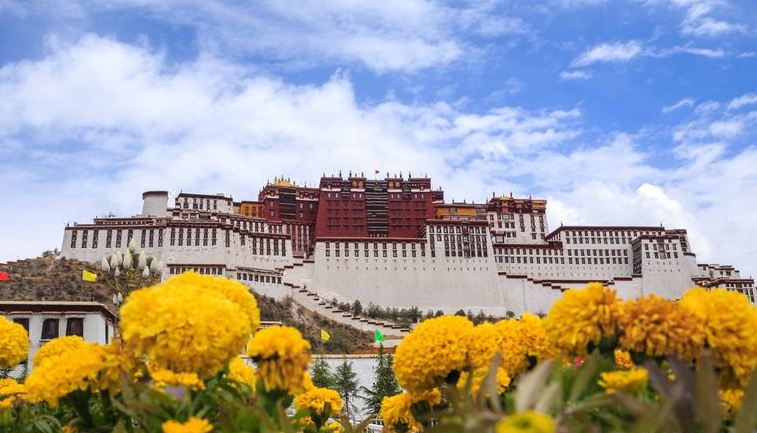
Besides, Jokhang Temple, Drepung Monastery, and Ganden Monastery are also filled with religious characteristics, which are worth visiting.
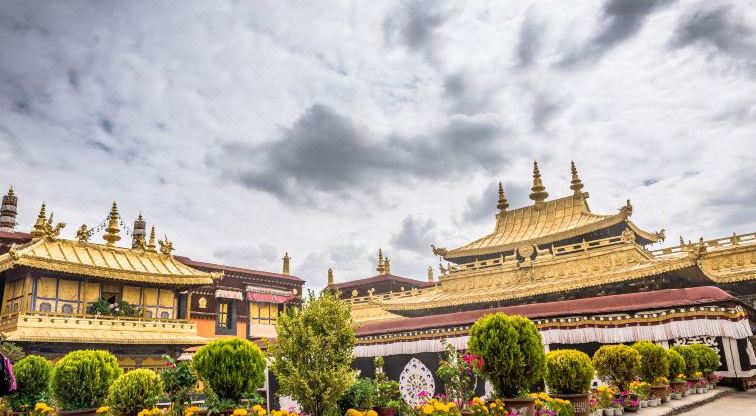
Namtso is also an attractive site. It is the second-largest lake in Tibet, and the third-largest saltwater lake in China. Namtso is a holy place for Tibetan Buddhism so a large number of believers go there every year to celebrate the Saga Dawa Festival on April 15 of the Tibetan calendar.
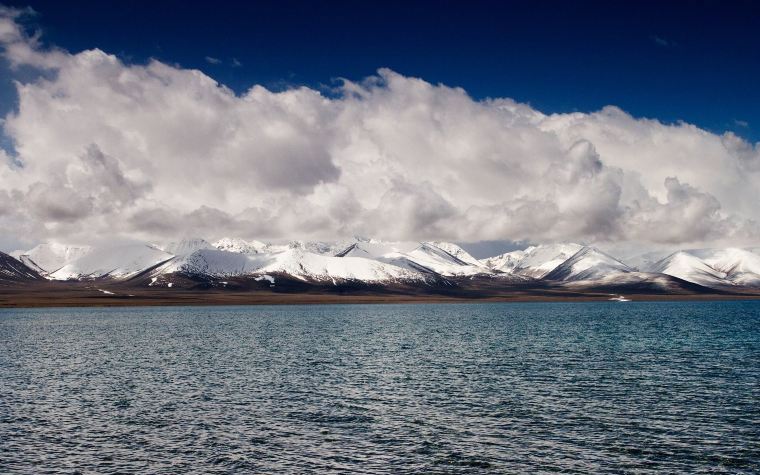
When it comes to food, Yak Butter Tea, a quintessential drinking in Tibet, is mainly made from black tea, milk, salt, and butter. This tea is helpful to keep out the cold and refresh oneself. When drinking Yak Butter Tea, local people also eat Tsampa, which is a traditional Tibetan food, made of roasted barley. These two kinds of foods are an important part of Tibetan culture.
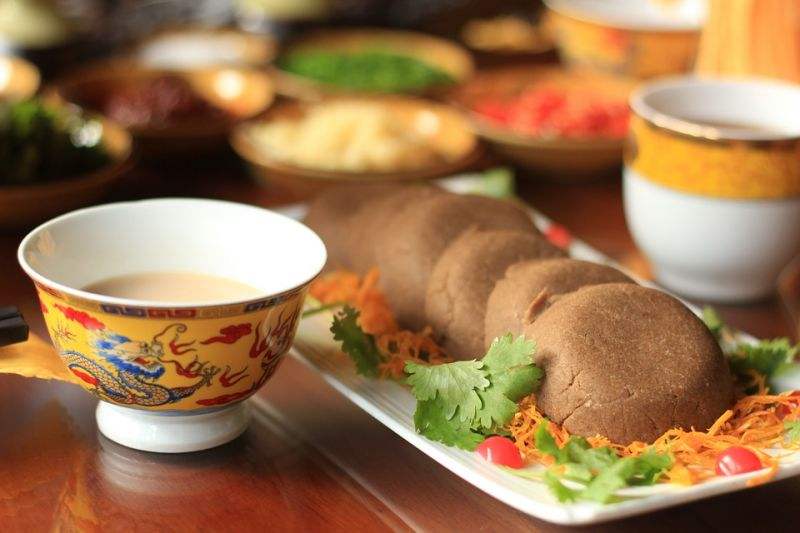
Cost of Living in Lhasa
Overall, according to Expatistan, the cost of living in Lhasa is 9% cheaper than that in Beijing.
Where to Live in Lhasa
When you choose an appropriate place to live in, you can consider living near the landmarks. Apart from Potala Palace and Jokhang Temple, Barkhor Street is also an attractive area. Situated in the old central area of Lhasa, as the "holy road" in the eyes of Tibetans, it gathers the religion, culture, handicrafts, and customs of Lhasa.
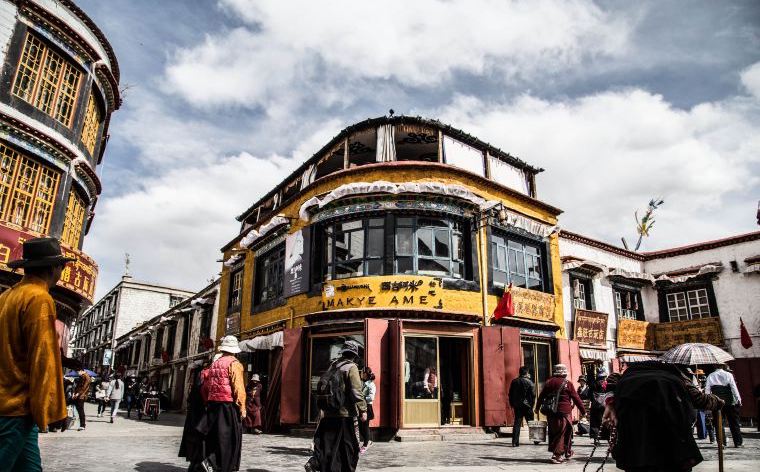
Lhasa Subway Map
By the end of 2019, there was no subway in Lhasa.